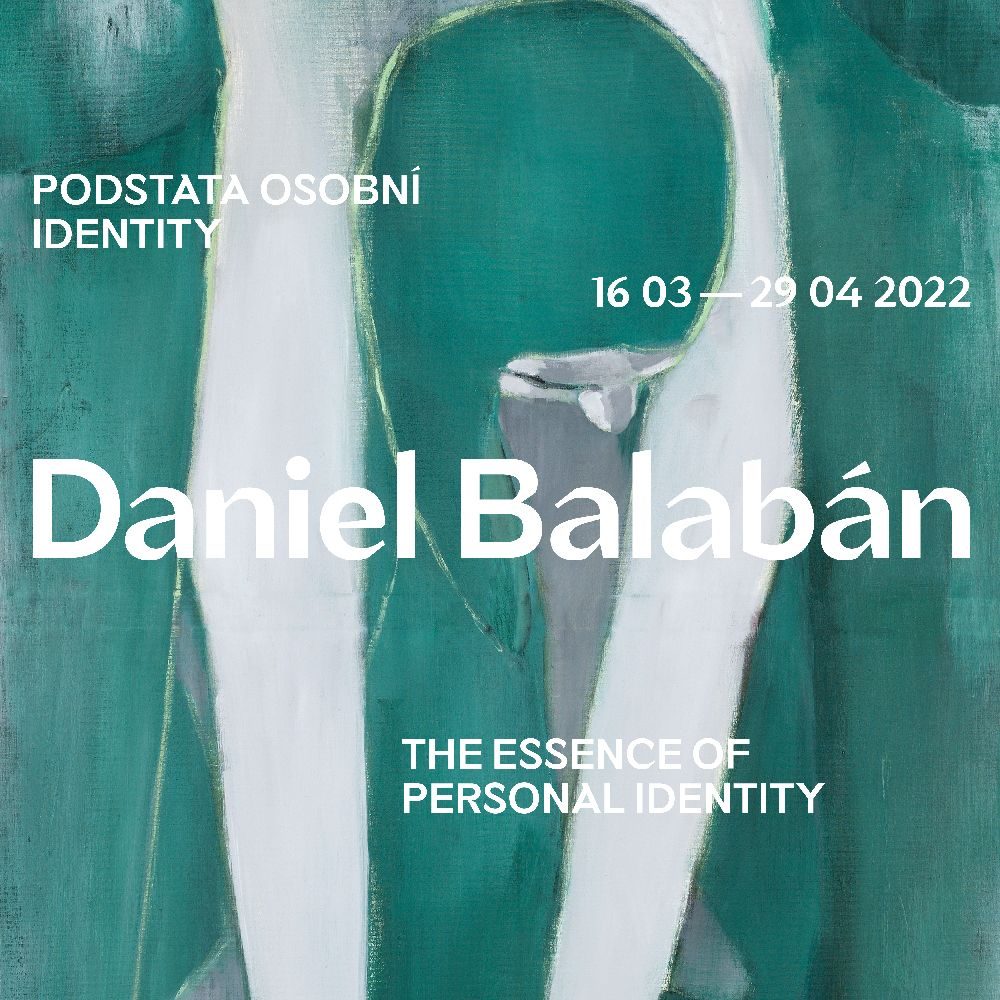Daniel Balabán
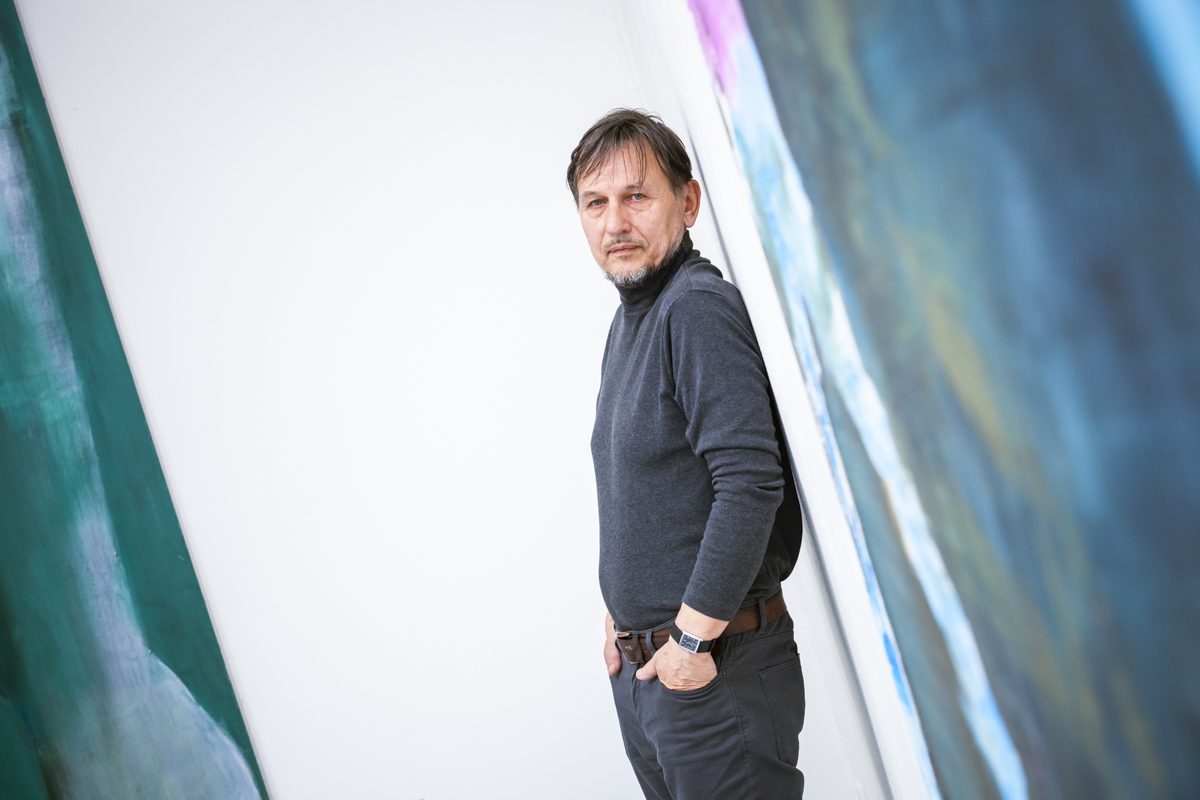
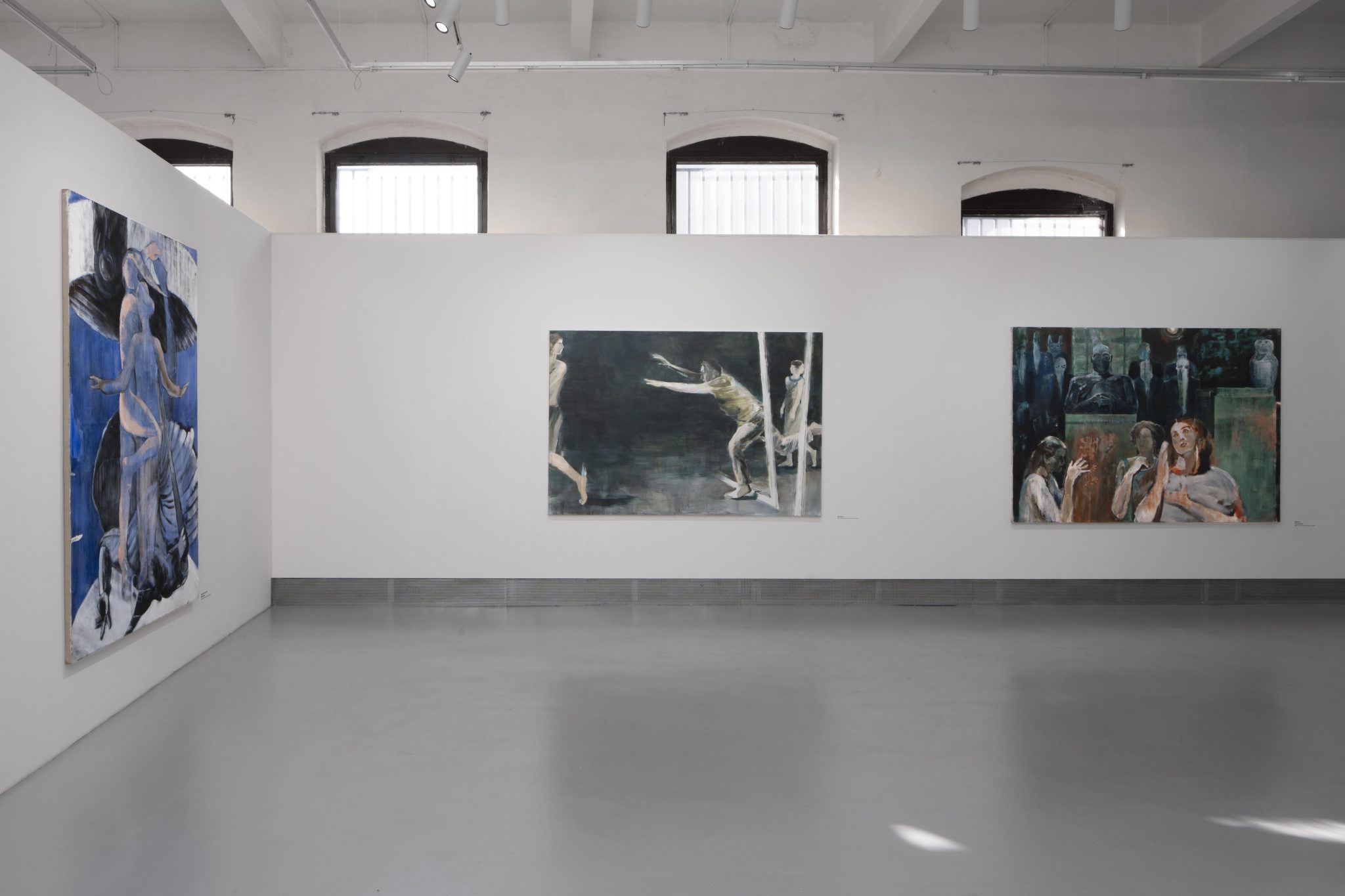
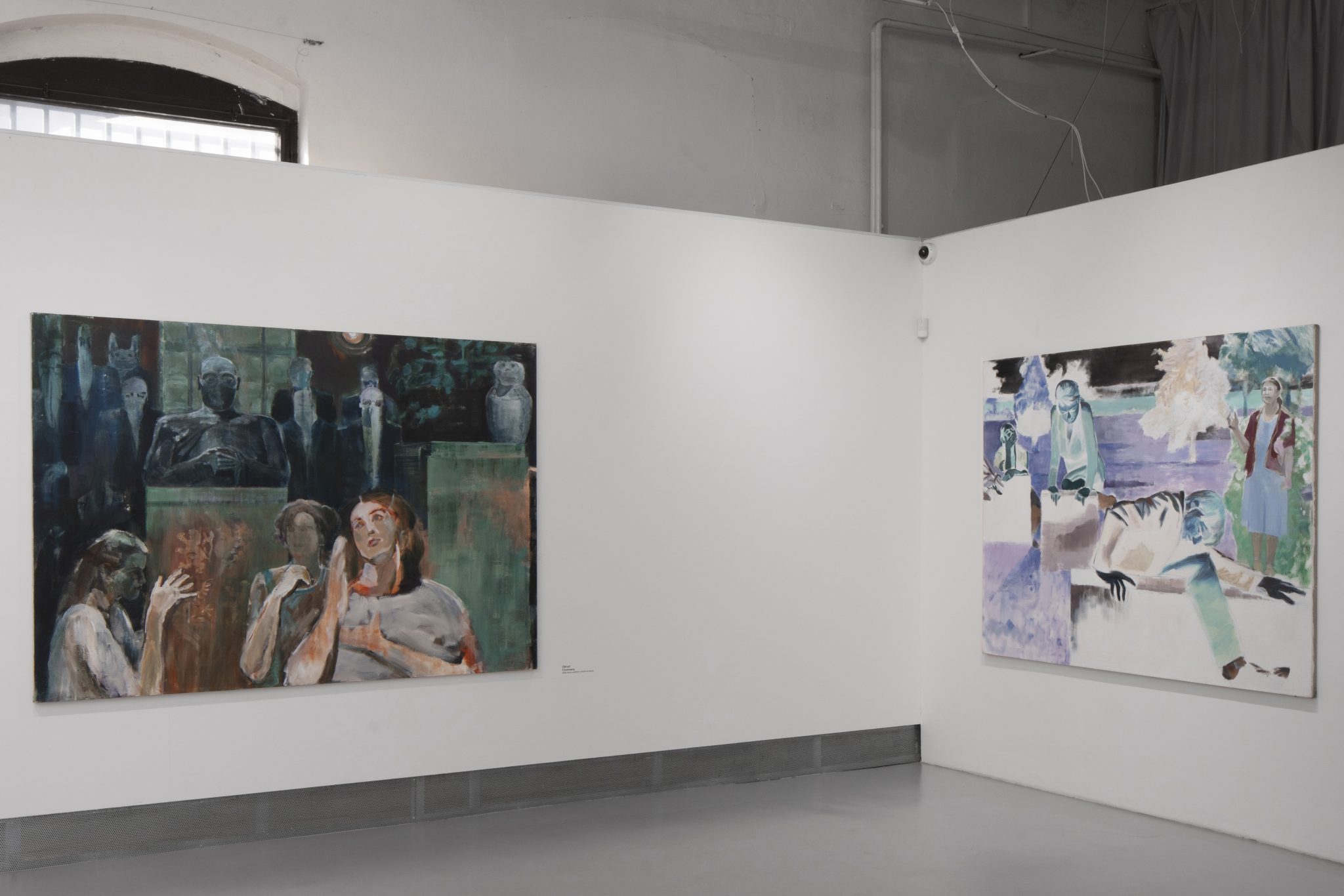
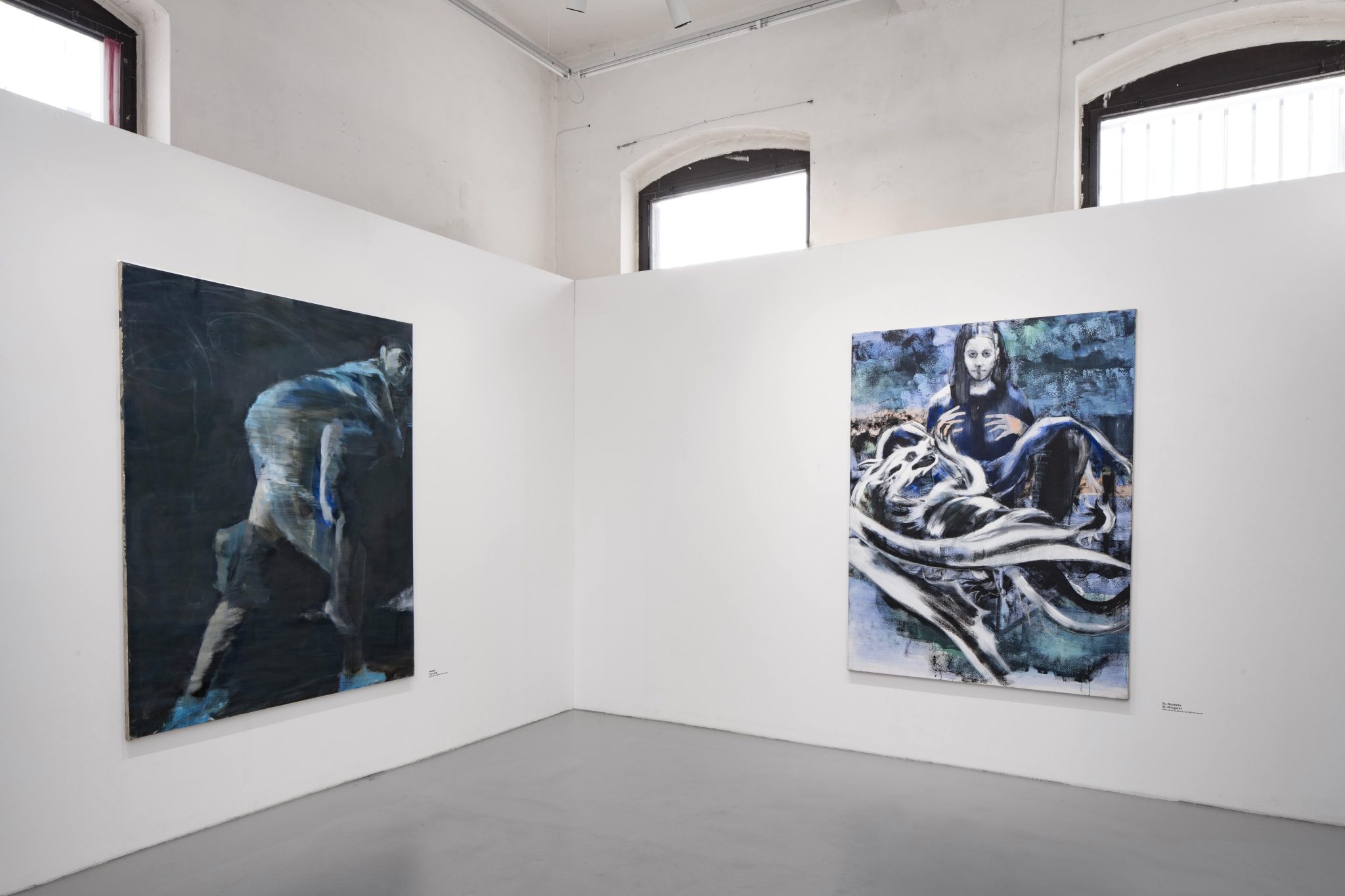
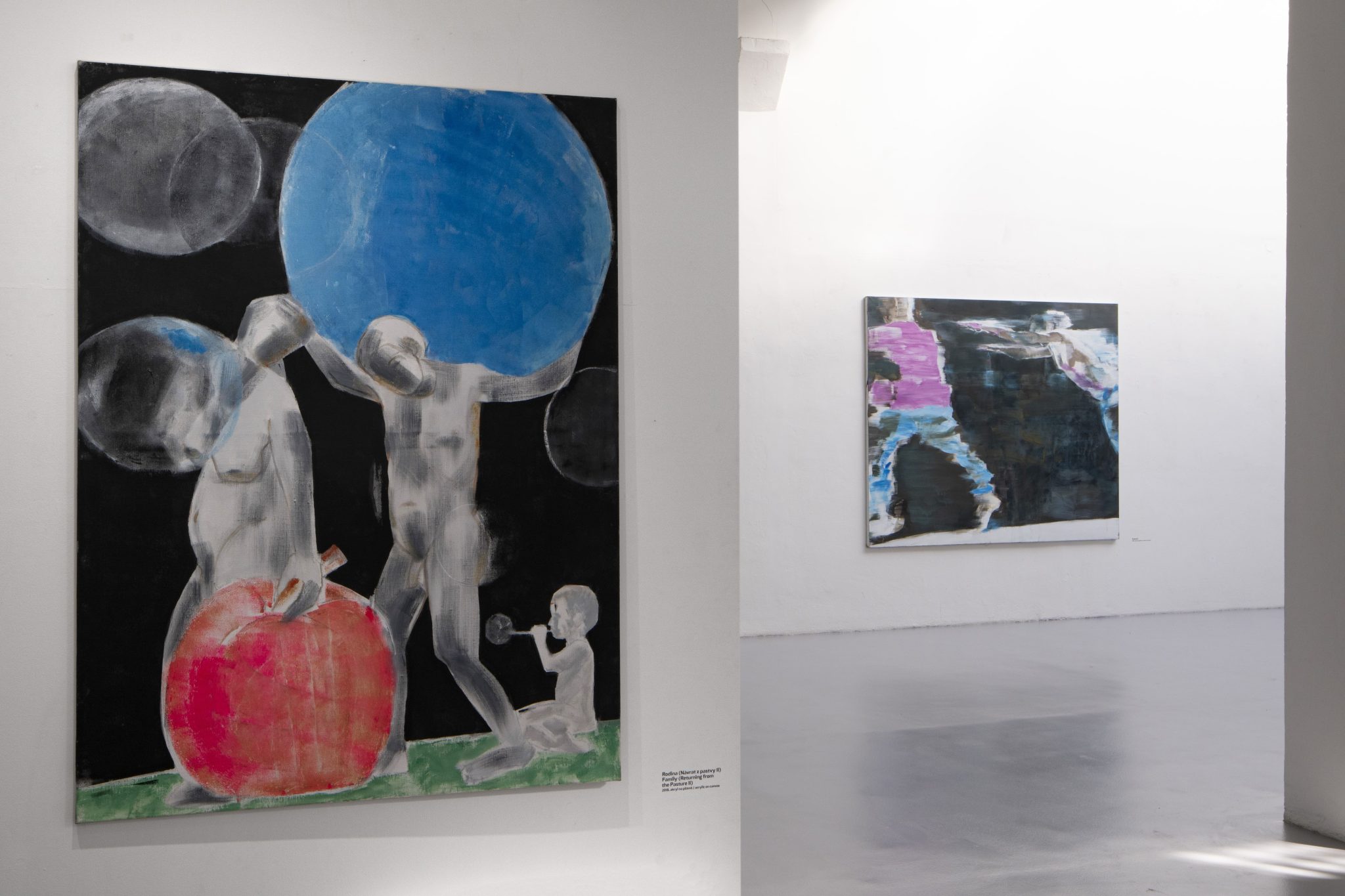
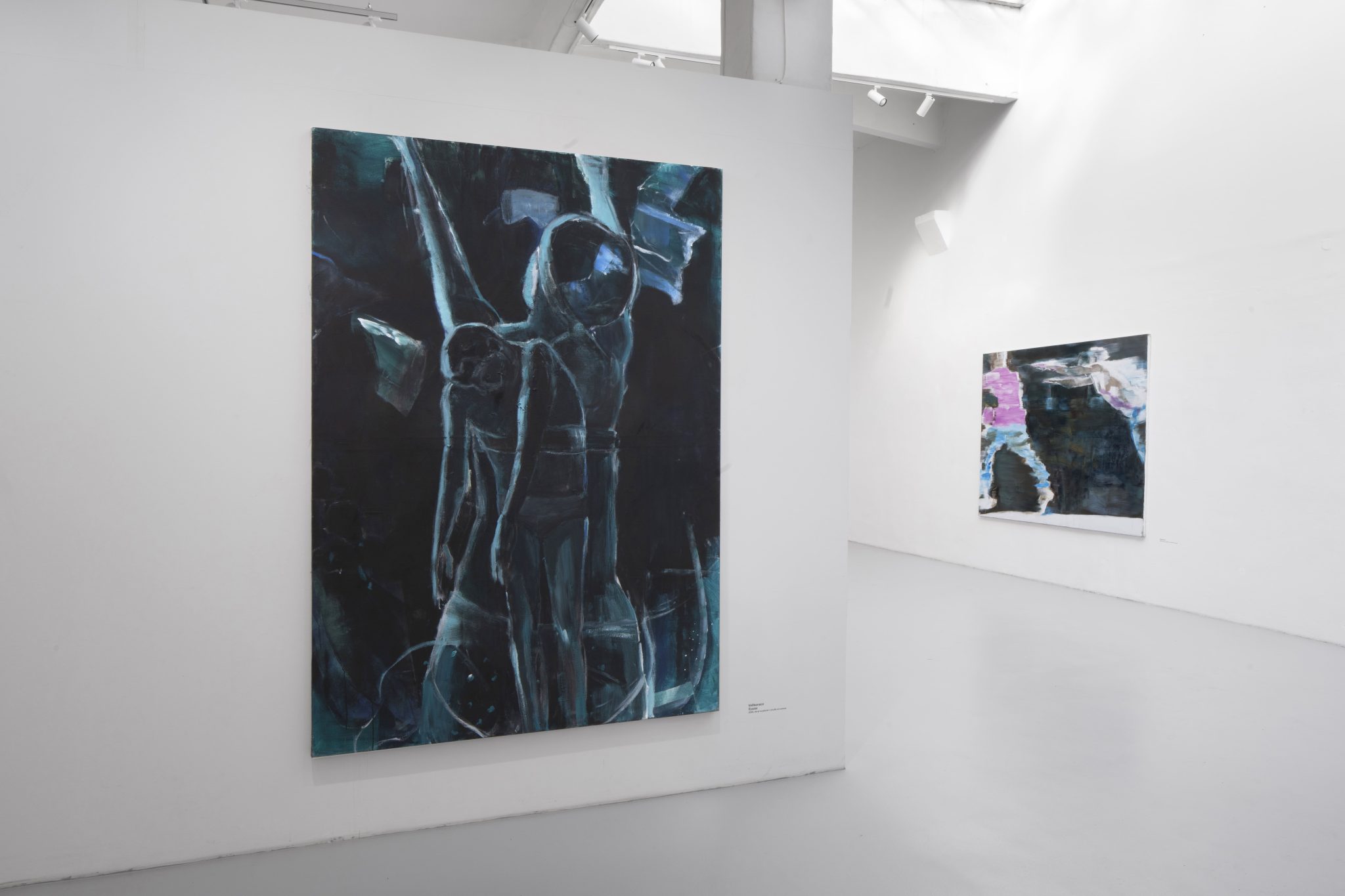
Trafo Gallery presents a solo exhibition of Daniel Balabán (* 1957), who in his works asks existential questions, examines himself and touches on faith. He asks if it makes sense to be a painter, why he is here and if there is in whom or whom to believe. And is the existence of Christ important at all in order for a person to believe what he really wants?
What remains crucial, however, is that it is within the contradiction between the philosophical-existential poles that the content of Balabán’s paintings oscillates, or rather, from what has been said above, emerges. Faith, specifically the Christian tradition, experiences a genesis in Balabán’s paintings. The beginnings of his concentrated output since the latter half of the 1980s focus around a reduced form, which interprets the fundamental themes of faith through an idiosyncratic exaggeration, which over the following ten years shifts to a position of sensitive and thoughtful irony. It is remarkable with what concentrated humility Balabán approaches the act of painting, no matter how sophisticatedly he approaches the offices of faith between 1985 and 1995. During this period he combines two basic formal levels. To begin with his work is sober, even ascetic, and though it exhibits traces of the trans-avant-garde wave of that time, it is highly distinctive, separated in respect of meaning, gesture and the authentic originality of the subject depicted, as, for instance, in the paintings Exodus (1988), Tma kříže (Darkness of the Cross, 1988) and Mobil (1988). In Tma kříže we see a kind of compression of the coat-of-arms of faith in the form of a cross in the shape of a sacral cubic, strictly functionalist architecture. In Mobil on the other hand, the compression is into the form of a stark symbol of the cross, supported by an almost draftsman-like painterly line, to which the surroundings in the form of a set piece constructed to the benefit of the first plane are subordinate. The painting Exodus compresses the emblematic symbols associated with the exodus of the Jews from Egypt. The second formal level of Balabán’s work is to be found in his paintings beginning in the mid-1990s.
The figure comes to the forefront of his interest. He abandons the implied conceptual tone of painting. The figure becomes alive and material. Suddenly it is present by virtue of its own physical lived experience. In a certain sense one could say that the basis of the action takes place around figures. This is especially clear in the paintings Venuše a Mars (Venus and Mars, 1999), Zdeněk sestupující ze schodů (Zdeněk Descending the Stairs, 1999) and Únava (Fatigue, 2000). However, the essence remains. Balabán experiences painting intensely. With a great deal of delicacy and balance he patiently saves gestures. He sensitively installs the action in a certain way. During this period an analysis of juxtaposition begins to play a crucial role in his work. In the case of many artists we encounter situations (realities) that are clearly defined semantically. We often face a given, unchanging, comfort situation in which the artist controls from a safe distance a process that can (sometimes) negatively transform the overall situation of the work or even its essence. In this respect, Daniel Balabán is free of calculation. He does not work with a predetermined feeling of creating security for the viewer. He tries and breaks the imaginary but perceptible boundary between security and insecurity, unrest and frustration. What is important is that he does not resort to a superfluous acceleration of gesture and concept in order to achieve effect and certainty. He is able to enter his paintings physically, both in terms of content, and, in recent years, formally in the shape of self-depiction.
An important feature during the artist’s next decade is that he does not forget to be humble and to possess insight. Gradually the humour, highly sophisticated, but often difficult, disappears. The overview predominates. It is as though with increasing age and an awareness of everything that the phenomenon of the definitive brings with it, a degree of reconciliation and understanding now prevails in his work. This overview is quite possibly the most valuable state of consciousness we are able to acquire. Over the last five years, Balabán exudes insight and humility to the benefit of the painting. He continues to deal with topics that are close to him. Above all he deals with the theme of faith and reactions to powerful current events. An ironic image of recent years is in many ways his Tereza a drak (Teresa and the Dragon, 2018). This is a large painting with clear contours, gestural, yet still a painterly identifiable and clearly defined type. It is basically a sacred scene of a “new species”. It is the duality between the dragon and Teresa, in which each is partly the other. It is a synthesis of terror, power and humility. An important aspect of the artist’s work in recent years is a seemingly inconspicuous, yet, against the thematic background, especially remarkable “non-patriarchal” tendency. Of course one might point to Balabán’s fascinating family evangelical tradition. On the other hand, his egalitarian creative approach deserves a mention. Woman is not merely a source of gaping fascination and the profane superstructure of a simple symbol of the mother. She is an eternal factor in the duality of the “earthly absolute”. The subtlety and sensitivity of Balabán’s work referred to above is basically a permanent aspect of the materialisation of this principle.
The exhibition is accompanied with the bilingual catalog of the same title The Essence of Personal Identity, supplemented by an introductory word by curator Petr Vaňous and an interview with the painter.
